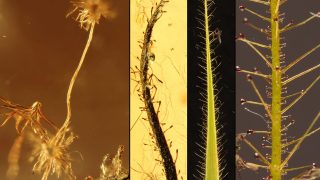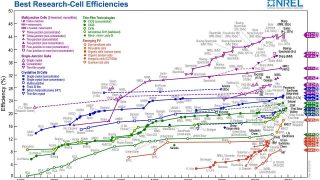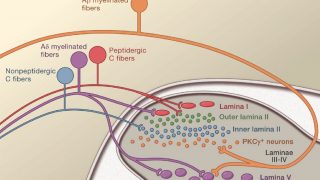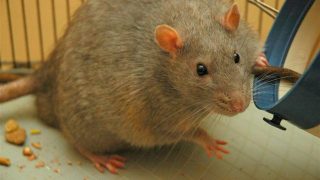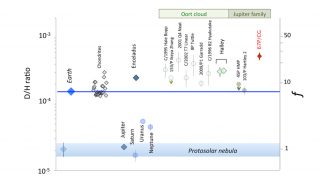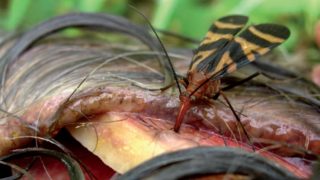
MI weekly selection #113
Scorpion fly first to feed on human corpses Researchers working with human cadavers were surprised to see scorpion flies arrive first to feed on the remains instead of blowflies, which are commonly thought to be first responders, according to a study. The finding could have an impact on forensic investigations. The Washington Post Surprise!: fish […]
